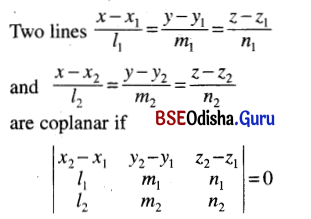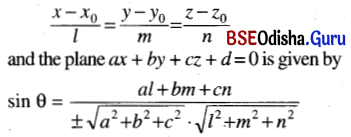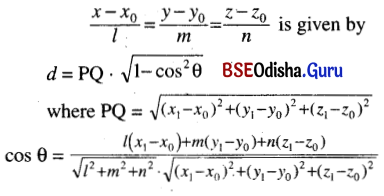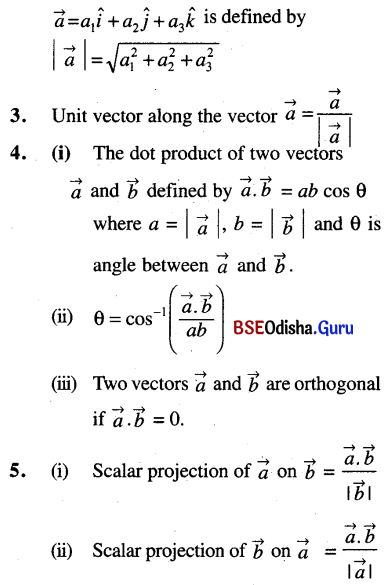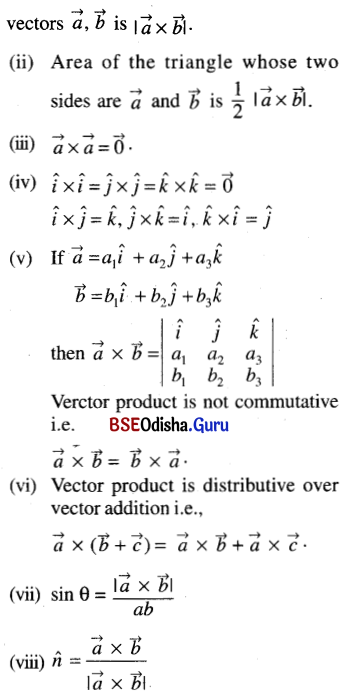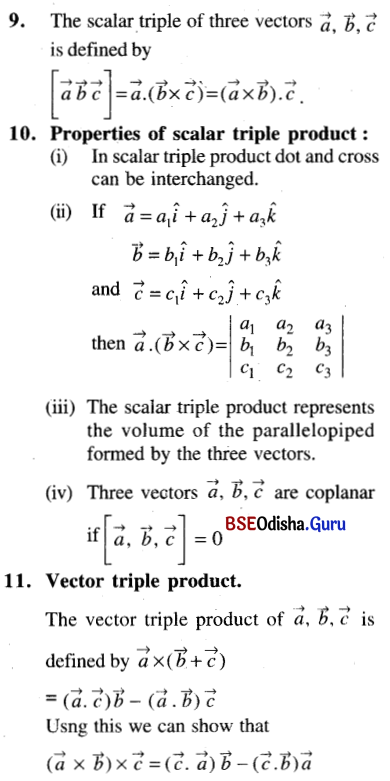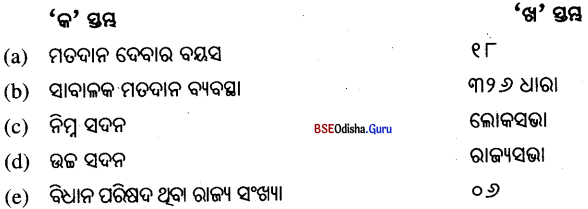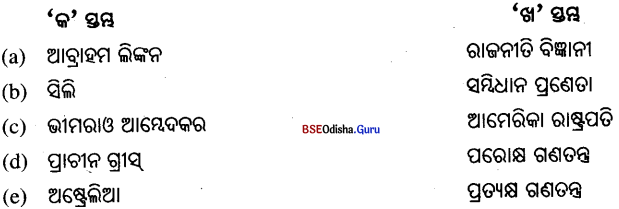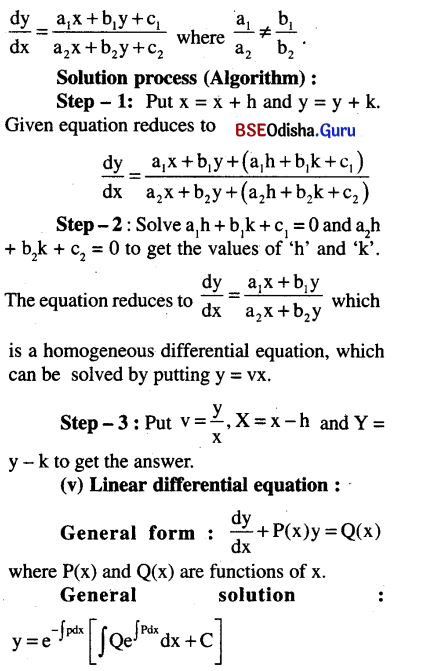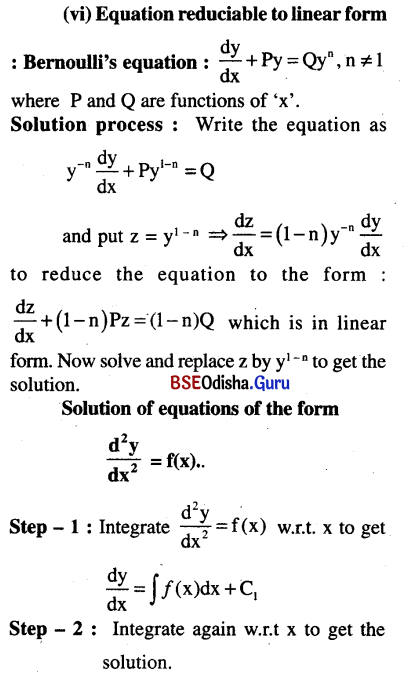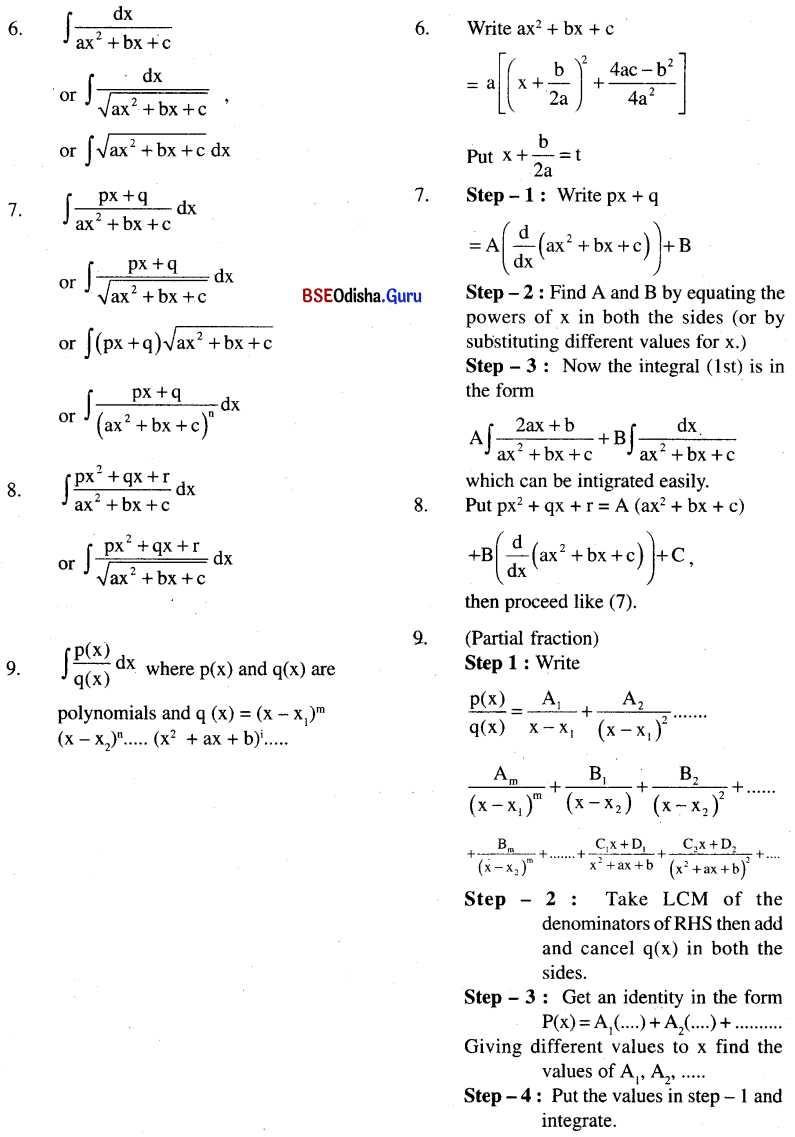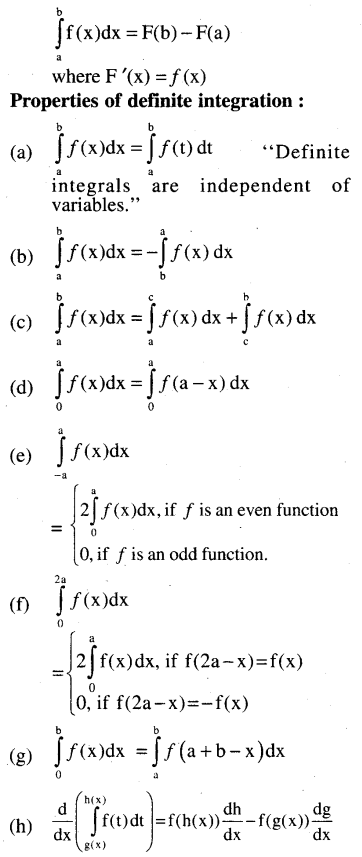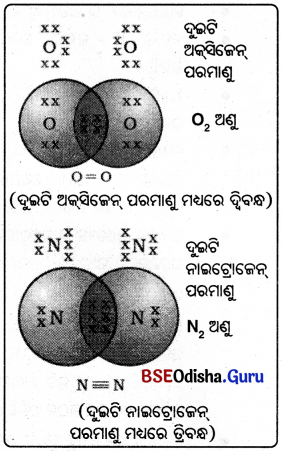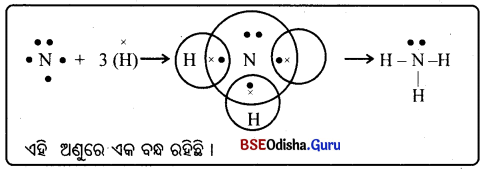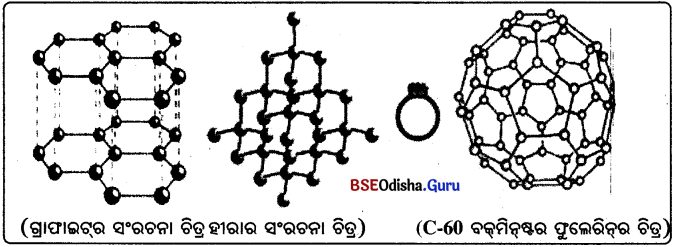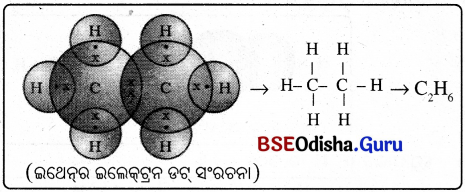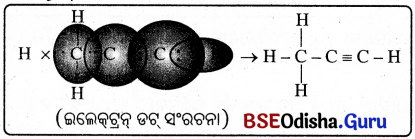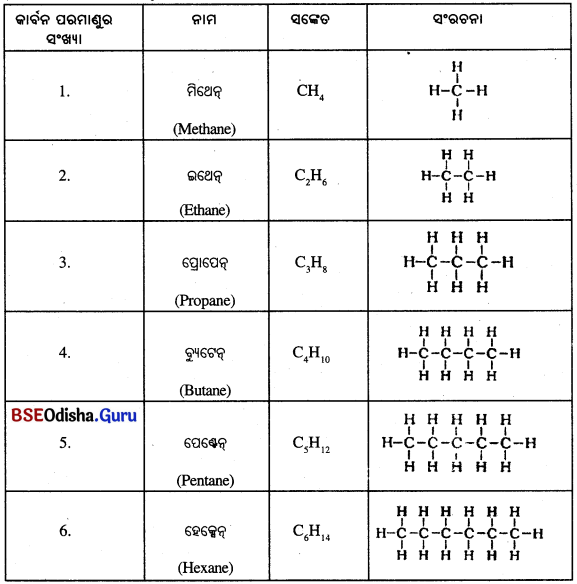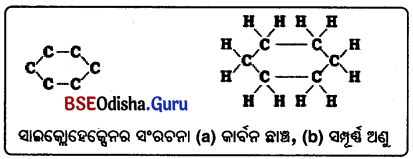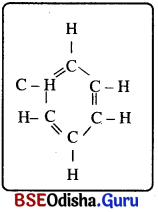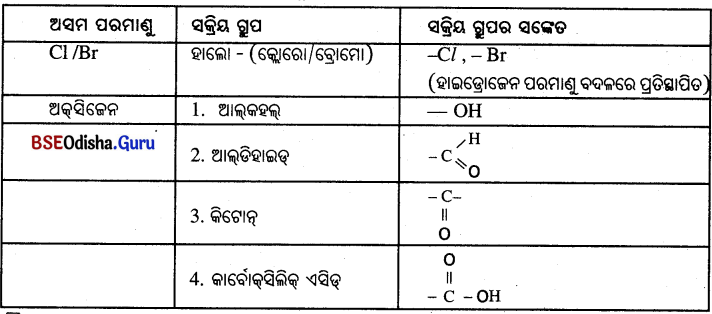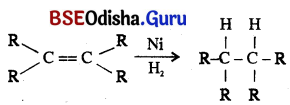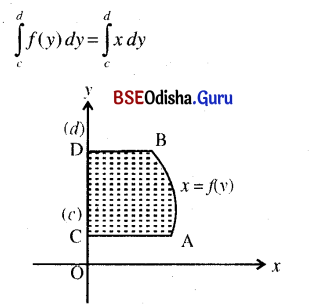Odisha State Board CHSE Odisha Class 11 Alternative English Solutions Grammar Non-finite Verb forms Exercise Questions and Answers.
CHSE Odisha Class 11 Alternative English Grammar Non-finite Verb forms
Verbs can be classified into the following classes, such as:
i) Auxiliary Verbs,
ii) Ordinary Verbs,
iii) Verbs of Incomplete Prediction.
We have already discussed Auxiliary verbs.
ii) Ordinary Verbs :
Ordinary verbs are of the following two types, such as
a) Finite Verbs,
b) Non-finite verbs.
We have to discuss, here non-finite verbs
(b) Non-finite Verbs:
These verbs do not change according’ to the number, person or tense of the subjects.
Kinds of Non-finite verbs:
Non-finite verbs can be classified as the following types, such as
1) Infinitive,
2) Gerund,
3) Participle.
1) Infinitive :
These verbs do not have application in any sentence; They are simply mentioned. Actually, an infinitive is formed by adding ‘to’ to the first form of the verb. (V+to)
Examples:
1. They wish to go.
2. She began to weep.
3. My ambition is to become a teacher.
4. We eat to live.
5. Have you a pen to spare?
6. I expect her to solve the problem.

Of course, an infinitive can sometimes be used without ‘to’, such as
1. Please let her speak.
2. We saw the actress dance.
3. You need not come here.
4. I made him sing.
To has not been used with the verbs, speak, dance came and sing in the above sentences.
However, note that ‘to’ is normally used with the following verbs, such as- bid, behold, dare, feel, hear, help, know, let, like, make, need, observe, please, watch etc.
Of course, ‘to’ is not used with/after but meaning except.
Examples :
1. She did nothing but cry.
2. We would do nothing but gossip.
Again ‘to’ is not used with/after ‘had better’, ‘had rather’, ‘had sooner’, ‘rather, than’, ‘sooner than’ and would rather’ etc.
Examples :
1. You had better wash your face.
2. You had rather done your homework.
3. I would rather quit the job than apologies.
4. I would sooner die than drink.
Some other uses of Infinitives (Use of ‘to’)
i) It is used after ‘too+adjective’, as Examples:
1. She is too weak, to walk.
2. He is too bulky to run.
ii) It is used after ‘enough’, as-
1. She is strong enough to defend herself.
2. He is wise enough to solve this problem.
iii) By using ‘to’ on removing the Relative clauses, as-
Examples:
1. My mother give me a coffee which I could eat. or My mother gave me a coffee to eat.
2. No one is here who will help you or No one is here to help you.
iv) It is used to show disappointment/despair, as-
Example:
1. She opened the box and found it empty or She opened the box to find it empty. Actually, infinitives are , normally used as objects of the verbs given below
Agree, arrange, attempt, consent, care, cease, choose, claim, decide, determine, expect, endeavor, forget, fail, hope, hesitate, learn, long, manage, neglect, offer, propose, promise, prepare, pretend, remember, regret, refuse, swear, seem, try, threaten, undertake, want, wish, etc!

Examples :
1. I wish to tell you a secret.
2. I have decided to attend the meeting.
3. He “wants to help you.
4. She expects you to do her work.
5. She stood from the chair to welcome me.
6. It is kind of her to help you.
7. Give me a book to read.
8. He was made to run a mile.
9. He failed to obtain first class.
10. I remember to bring your book.
ii) Gerund:
The nouns .working as ion-finite verbs are called ‘Gerunds’. The Gerund’ is used to show an action.
Examples :
1. Smoking is a bad habit.
2. Her favourite hobby is dancing.
3. He likes drinking.
4. I am sick of waiting.
5. It is no use crying over spilt milk.
A Gerund may be used at the beginning, in the middle (interior) or at the end of a sentence.
On reading the above sentences, we can safely say that Gerunds can be used in the following manners.
1) As subject of the sentence.(see sentence No.1)
2) As subject complement of the verbs (sentence No.2)
3) As object to the verb. (sentence No.3)
4) As object to the preposition. (sentence No.4)
5) As case in Apposition of ‘it’ pronoun,
Other Information About The Use Of Gerund:
i) As full Gerunds; as- Ex. Reading the religious books being his habit, we like him.
ii) The use of Gerund as perfect form (having + 3rd form of verb): as Ex. He will never admit having broken the glass.
iii) A ‘Gerund’ is used in place of an ‘Infinitive’ after the prepositions: as Ex. She is good at singing songs.
iv) Possessive pronouns can also be used with ‘Gerunds’: as Ex. I know Hari’s visiting her frequently.
Note that Infinitives and Gerunds are called Verbal Nouns. We can apply both Infinitive and Gerunds as objects of the following verbs:
Advice, allow, attempt, begin, be afraid (of), continue, can’t bear, go, hate, intend, love,, like, mean, need, prefer, permit, propose, recommend, require, remember, request, start, stop, try, used to, wants etc.

Examples :
He began to go to school or
He began going to school.
We normally us Genmds as objects of the following verbs:
Avoid, admit, anticipate, complete, consider, can’t stand (endure), detest, deny, delay, defer, enjoy, excuse, fancy, finish, forgive, give up, involve, imagine, keep, miss, mind, prevent, postpone, pardon, put off, practice, risk, resent, recollect, resist, suggest, save etc.
Example: He can’t give up smoking.
iii) Participle:
These non-finite verbs can be used both as adjectives and as adverbs. Therefore, they are called verbal adjectives.
Kinds Of Participles:
1. Present Participle : (Vi+ing), (first form of the verb+ing)
Ex. Flowing water is pure. Here, the verb flowing shows the continuity of the action.
2. I have a complaining child. Here, the word complaining has been used as an adjective to qualify the noun ‘Child’.
3. The sight was charming. Here, the word charming being the complement the verb ‘was’ as also the complement of the subject, ‘The sight’.
4. I saw her smoking. Here, the word smoking is the comple-ment of the object her’.
5. Nina came to me crying. Here, two
actions (came and cry) have taken place at the same time (simultaneously). Therefore, the more significant out of the two actions ‘cry’. has been shown by present participle.
6. Seeing the police, the thief hid behind the wall. Here, the same object (thief) performs two actions, (see and hide). The former action takes the present participle under such situation.
7. He took up the bag, he ran away. Here, both actions take place simultaneously or Taking up his bag, he ran away. Here, present Participle has been used to connect two sentences. ‘Taking up his bag’ is a ‘participle phrase’.
8. God willing, I shall get first division. Here, present principle has been used in ‘God willing’ because of it. (which) is an Absolute Phrase.
2. Past Participle : (VIII) Third form of the Verb.
Ex. This is a spoilt child. Here, the use of the word ‘spoil’ shows the completion of the action ‘spoilt’.
1. The tired traveller fell asleep. Here, the word ‘tired’ functions as the adjective of the noun ‘traveller’.
2. She looks worried and dejected. Here, the words ‘worried and dejected’ are functioning as adjectives. Being the complement of the verb ‘looks’. They are also the complements of the subject ‘she’.
3. He got his hair cut. Here, the word ‘cut’ is the complement of the subject ‘hair’.
4. The decision taken at the right time is always rewarding. Here, the word ‘taken’ as a past participle. While qualifying the Noun adjectival phrase.
Note that such Adjectival Phrases are often used after the noun, they qualify. ‘decision’, it also helps in the formation of an
5. The Chairman left the meeting fully, the word ‘satisfied’ is a participle which is modifying the verb ‘left’. Hence, it is functioning as adverb.

3. Perfect Participle : (having +VIII).
Ex. Mita has taken a breakfast. She is getting ready for school or Having taken her breakfast, Mita is getting ready for school. Here, two such sentences which lack quickness in action have been combined by using a/he perfect participle:
Note that the second action ‘got’ ready came into force on the completion of the first action (taken her breakfast). There can be a little or more duration of time between both actions.
1. School over, the students came out Here, school over school having been over perfect participle ‘having been’ can be inferred or school having been over, the students came out.
2. The Sun rose and we returned home,(As soph as the Sun rose, we returned home) or No sooner did the Sun rose, than we returned home.
The above sentence is a compound structure. The second action has been completed, immediately after the completion of the first action. The sentence can also be written as: The Sun having risen, we returned home by using the Perfect Participle.
3. (i) The order has been placed, and (ii) No change is possible now. Here, sentence No.4 (i) is a Passive- 5. Voice sentence and sentence No.4 (ii) is an Active-Voice sentence. We can also use perfect participle and write the two sentences as The order having been placed, no change
is possible now.
Exercise For Practice :
Fill in the blanks with, suitable Non-finite verb forms (In-finitive/Gerund/Participles).
1. _________ (drink) in the open is prohibited.
2. A _________(drown) man catches at a straw.
3. _________ (bark) dog seldom bite.
4. The _________ (lose) child was restored.
5. _________ (dance) is an art.
6. The arrangements _________(make), no change is possible now.
7. My mother looked _________ (frighten)
8. He is fond of I found her _________ (read).
9. I found her _________ (weep)
10. _________ (finish) my work, I went out to play.
11. _________ (spill) sold is thought to, bring, ill luck
12. _________ (come) events cost their shadows before.
13. _________ (smoke) is a bad habit.
14.The girls are feeling _________(bore).
15. A _________ (roll) stone gathers no moss.
16. She found her mirror _________ (break).
17. _________(thunder) clouds seldom rain.
18. He wants _________(take) tea.
19. _________(take) her breakfast, Sushma is getting ready for college.
20._________(see) the tiger, she fainted.

Answer:
1. Drinking in the open is prohibited.
2. A drowning man catches at a straw.
3. Barking dogs seldom bite.
4. The lost child was restored.
5, Dancing is an art.
6. The arrangements having been made, no change is possible now.
7. My mother looked frightened.
8. He is fond of reading.
9. I found her weeping.
10. Having finished ray work, 1 went out to play.
11. Spilling salt is thought to bring ill luck.
12. Coming events cast their shadows, before!
13. Smoking is a bad habit.
14. The girls are feeling bored:
15. A rolling stone gathers no moss.
16. She found her mirror broken.
17. Thundering clouds seldom rain.
18. He wants to take tea.
19. Having taken her breakfast Sushma is getting ready for college.
20. Having seen the tiger, she fainted.
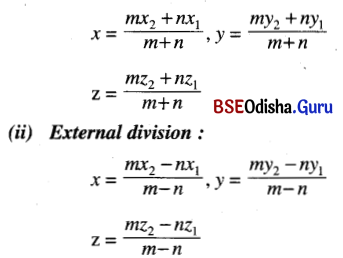
![]()
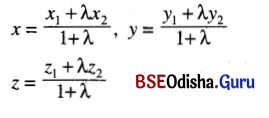
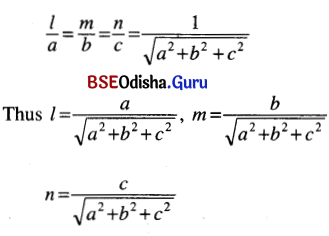
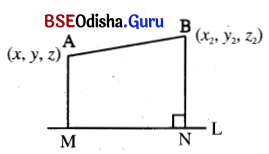
![]()
![]()
